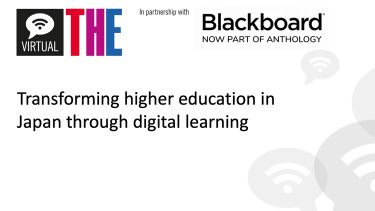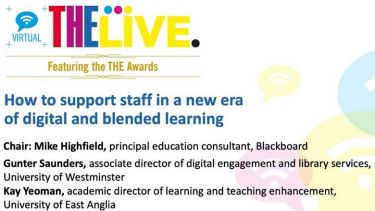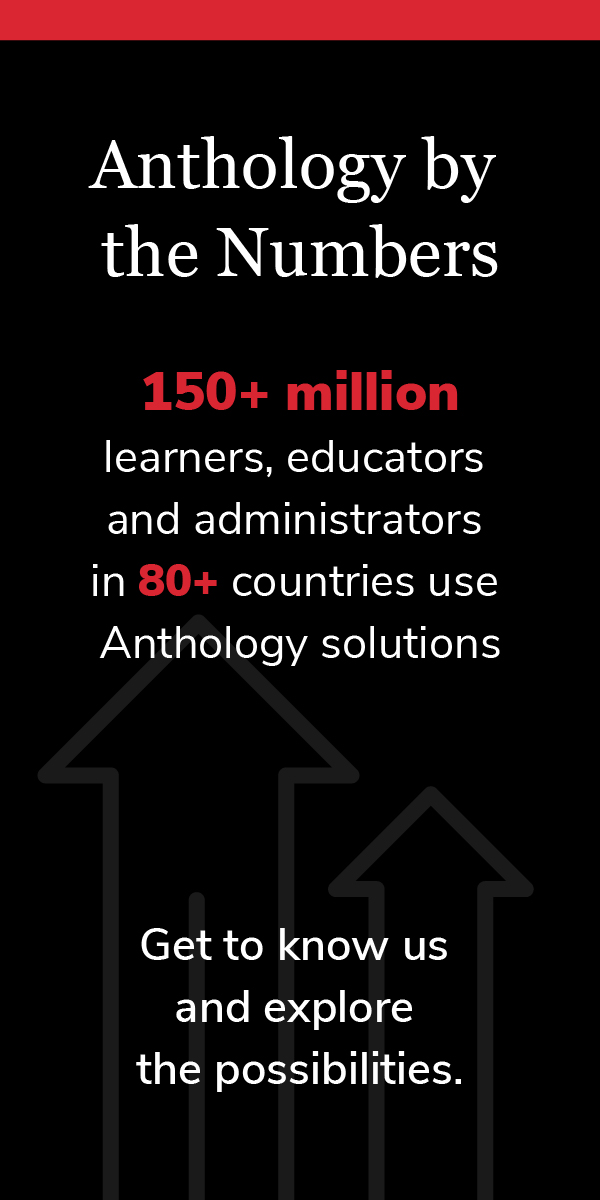
Source:
Getty

The region has a unique offering, but scaling lifelong learning, microcredentials and access for international students are among the challenges that persist
The Covid-19 pandemic is nearly a year old and its impact on higher education can be observed in a number of key trends.
Chief among them is the mass roll-out of blended learning, which utilises digital services to deliver education. Blended learning had long been mooted as the next step in higher education’s evolution, yet, until it became a public health issue, face-to-face teaching remained the default.
Driven by student experience
Covid-19 changed this. But as Nicole Wall, Blackboard’s director of global client experience, Asia Pacific, notes, not all regions were affected equally. Speaking ahead of the Blackboard Asia Pacific Virtual Leadership Summit (Wednesday 3 March 2021, 12.00-13.30pm AEDT), Wall identified some of the differences between the pandemic’s impact on Asia-Pacific institutions and their counterparts in North America and Europe.
“North America’s initial instinct was around technology acquisition,” she says. “A lot of institutions didn’t have any kind of technology to be able to continue and have that education continuity. Asia-Pacific, however, is unique. Most of our institutions had the technology. Rather than being driven by technology acquisition, they were driven by the student experience, and how we were actually going to make sure that the students were going to have the same experience in the online modality.”
Supporting new strategies
The challenge lies not just in procuring technology, but in providing an educational experience that exhibits no reduction in the quality between in-person and online delivery. Wall describes the emerging “hyflex” model as an invaluable strategy for universities when teaching classes with a large degree of remote participation. Making this work in practice is the acid test for institutions.
“Do we have the technologies on campus to support this multimodal offering and do our teachers know how to use them effectively? There is a big gap right now,” she explains. “We don’t know how to get to that next level and make it sustainable and future-proof in case there is another wave [of Covid] coming through. I think this is the biggest piece of the puzzle that people are grappling with right now.”
Wall believes we will see a “bifurcation of institutions.” Those focused on teaching are most likely to pursue a high-flex strategy, offering a multimodal learning experience. Research-based institutions may well revert to a predominantly face-to-face teaching model as their own differentiator, particularly those rooted in sciences and other disciplines perceived as too hard to deliver online.
Embracing lifelong learning
Digital transformation creates other issues for universities, such as how they deliver lifelong learning and incorporate microcredentialling, as these new modes of delivery become embedded in policy in countries such as Australia and come to define a key function of higher education in a changing world. This requires a rethinking of the curriculum. Identifying learning outcomes that can be compartmentalised then offered to students to support lifelong learning through microcredentialling will be a necessary and worthy endeavour for universities’ forward planning.
Wall believes lifelong learning and microcredentialling should be the first step universities take towards adapting for the future. “Professional short courses are becoming more and more popular,” she says. “Everything is going to go back to the curriculum in the first instance, before they start tackling those bigger questions around technologies and delivery models.”
International expansion
Wall adds that this could be extended internationally, where universities could offer microcredentialling to students in other countries (especially important with limited travel conditions), but that there will be challenges related to how accreditation and how qualifications are recognised in different regions. Student fees are another sticking point. International students pay significantly more in fees, but they will not do this for an online remote course. “If an institution wants to capture more students internationally, in these packaged short courses, students are unlikely to accept it at a significantly higher rate.”
Ultimately, having the right systems in place will help facilitate higher education’s evolution, so long as universities do not regard the issue as one of technology alone. There is no digital solution to changing the culture of large organisations such as universities. Wall describes the work Blackboard does as creating “the spine” of an institution’s tech ecosystem, but change management support for university leadership is of equal importance.
“What does the future of education look like and, more importantly, how do you get from A to B?” she says. Institutions might be able to visualise their future but making it a reality is a little more difficult.
Join the Blackboard Asia Pacific Leadership Summit, featuring Phil Baty, chief knowledge officer at Times Higher Education, by registering here.






















